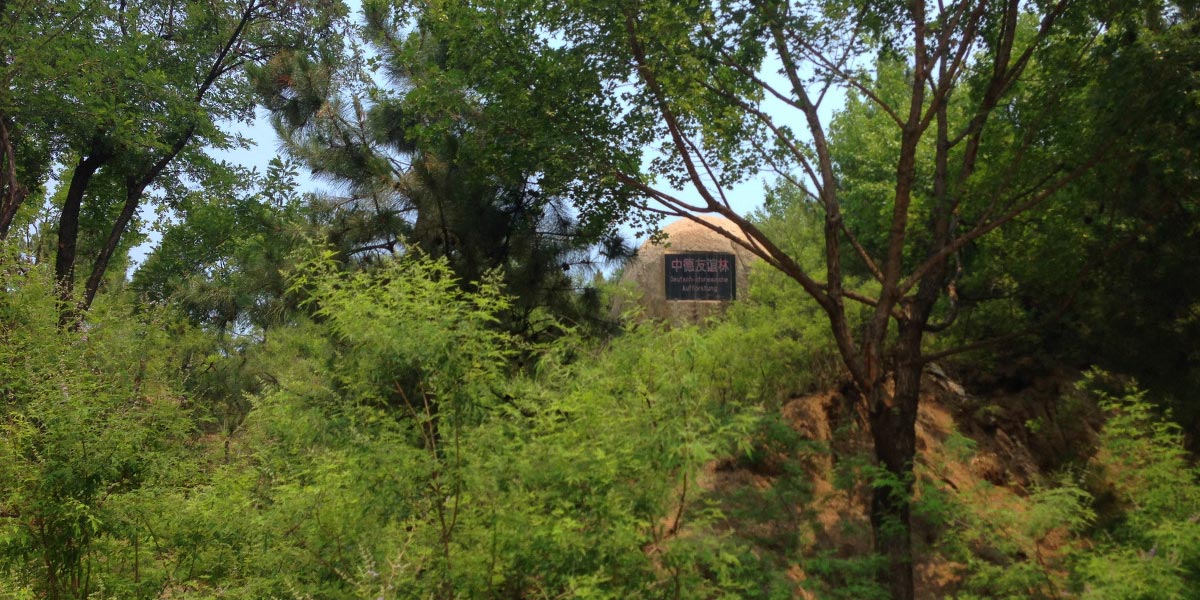
Sino-German Financial Cooperation
Details
Project Data
Name:Â Sino-German Watershed Management on Forest Land Beijing Project
Duration: April 2009 – 2015
Districts: Beijing Municipality: Miyun County, Huairou District, Changping District and Yanqing County; Hebei Province: Fengning County
Goals
Overall Goal: To improve and sustain the water protection function of forests and small water bodies.
1.Integrated small watershed plans are implemented and approved
2.Water protection forest stands are ecologically transformed based on forest management plans
3.The ecological restoration of small water bodies based on water management plans are implemented in pilot areas
4.Innovative mechanism of sustainable financing of ecosystem services are elaborated and promoted
5.The current policy mechanisms of regional and inter-sector cooperation in water resource protection are strengthened through project partnership agreements and other processes initiated by the Project
6.The capacities and qualifications of all relevant stakeholders in promotion, planning and implementation of close-to-nature landscape restoration and management with a focus on sustainable multifunctional forest management and clean water in water protection zones are improved.
Implementation and Achievements
1.More than 10,000 ha of thinning in 32 townships
2.The water quality at 6 small waterbody restoration sites is all in standard class II in 2013, which is a great standard for Miyun
3.Stands have been treated with CNF approach and each has a forest management plan (FMP) - regarding canopy closure, stand stability, species mixture 80% have already achieved ideal conditions
Output 1: Integrated small watershed plans
Only in two project watersheds the small waterbody restoration and significant project forest management according to the new forest management guidelines were implemented. Therefore only two integrated plans could be created. Due to the small size, the county authorities did not consider it necessary to approve these plans.
Output 2: Ecological transformation of water protection forest stands
Generally the original target of 10,000 ha were surpassed, following a few more details about important aspects of the restoration work:
Participatory forestry planning included 104 project villages for which a forest management plan (FMP) was developed. The most important outcome of the participatory planning exercises was the selection of forest wardens and their team leaders as they were the ones taking responsibility for the forest management.
Forest management planning: Originally, the FMP did not demand clear management objectives and recommended a very low thinning intensity. Recognizing this was not sufficient a new FMP was developed. The new 10-year FMP is a target-oriented forest stand management approach with three thinning periods depending on urgency according to the CNF target. In total, 65 FMPs were created. Changing to the new FMP guidelines means that in 2011 only 17 % of plans could be developed and in 2013 nearly 40 % still needed to be developed. Success factors for achieving the targets according to the new FMP guidelines included: (i) A clear, target and performance-oriented financial support system to achieve measurable results in the forest management; (ii) A simple, precise and target oriented forest management plan based on orthomaps, demarcation of precise management areas and classes of thinning intensities; (iii) A close-to-nature silvicultural concept, which targets at optimization of different ranked forest functions and in which other forest types can be easily included; (iv) An innovative cost class system (requiring only few cutting groups; (v) Frequent field checking and training by the International Silvicultural Experts allowing the adjustment of plans.
